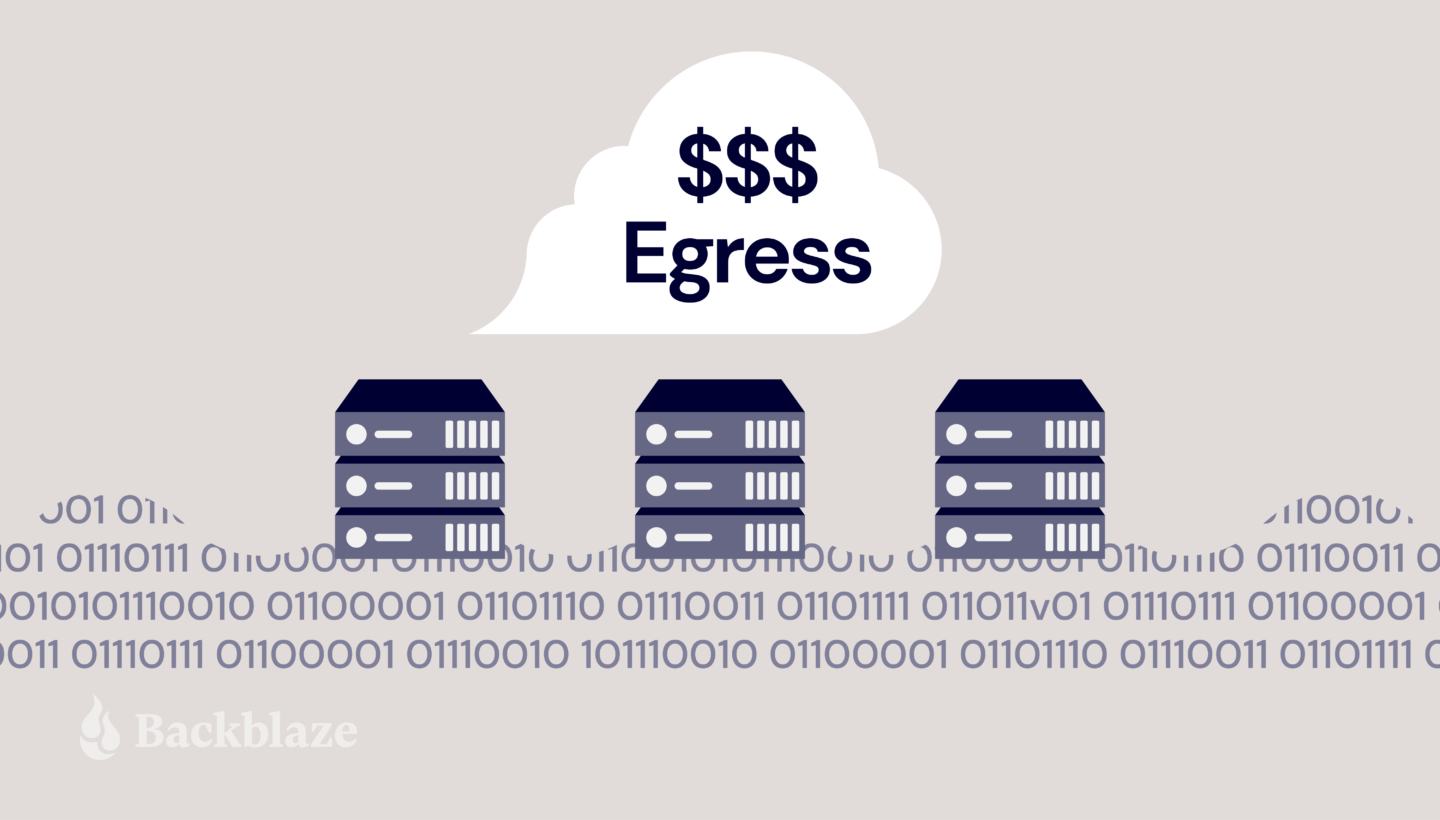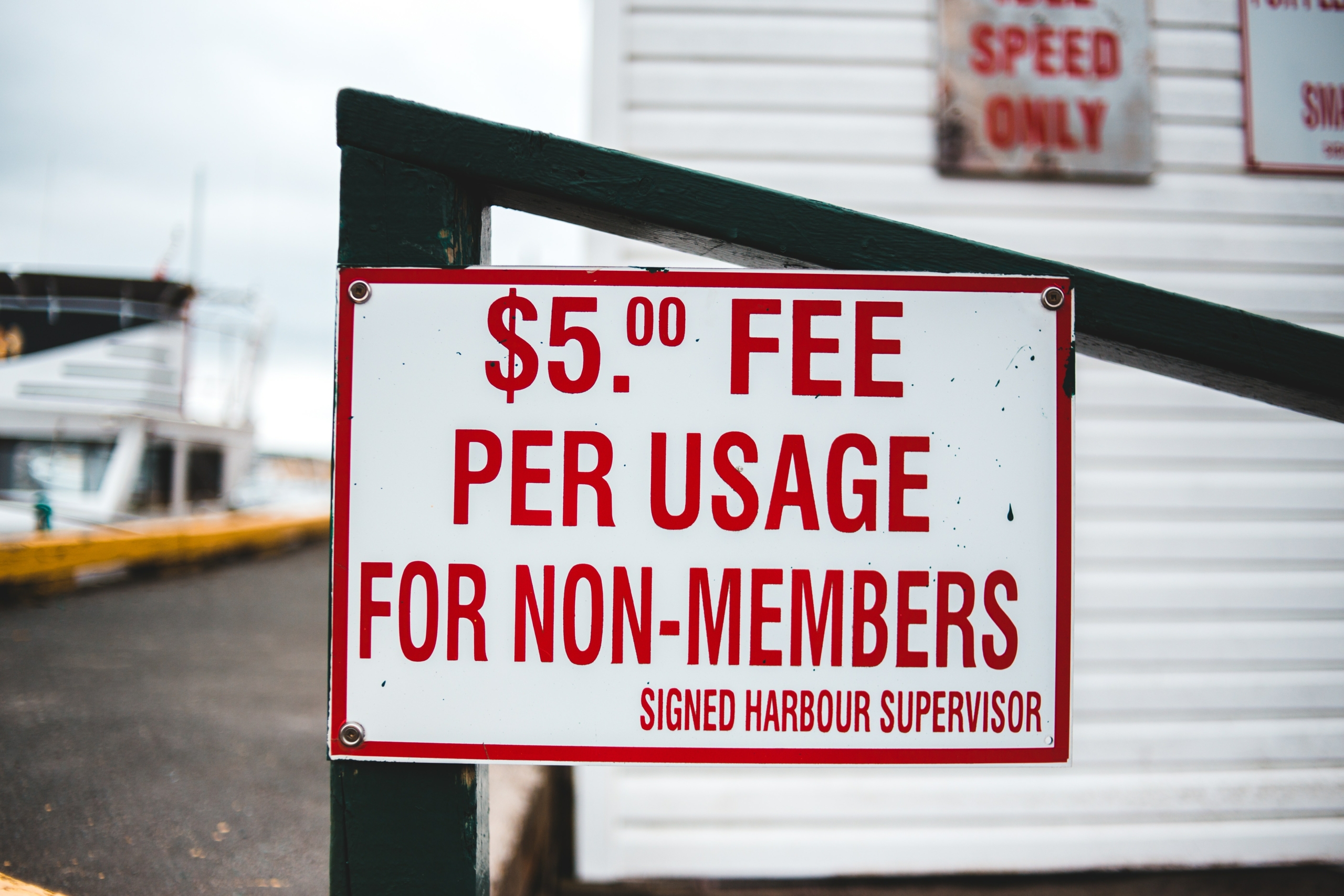
You know that sinking feeling you get in your stomach when you receive a hefty bill you weren’t expecting? That is what some content delivery network (CDN) customers experience when they get slammed with bandwidth fees without warning. To avoid that sinking feeling, it’s important to understand how bandwidth fees work. It’s critical to know precisely what you are paying for and how you use the cloud service before you get hit with an eye-popping bill you can’t pay.
A content delivery network is an excellent way to speed up your website and improve performance and SEO, but not all vendors are created equal. Some charge more for data transfer than others. As the leading specialized cloud storage provider, we have developed partnerships with many top CDN providers, giving us the advantage of fully understanding how their services work and what they charge.
So, let’s talk about bandwidth fees and how they work to help you decide which CDN provider is right for you.
What Are CDN Bandwidth Fees?
Most CDN cloud services work like this: You can configure the CDN to pull data from one or more origins (such as a Backblaze B2 Cloud Storage Bucket) for free or for a flat fee, and then you’re charged fees for usage, namely when data is transferred when a user requests it. These are known as bandwidth, download, or data transfer fees. (We’ll use these terms somewhat interchangeably.) Typically, storage providers also charge egress fees when data is called up by a CDN.
The fees aren’t a problem in and of themselves, but if you don’t have a good understanding of them, successes you should be celebrating can be counterbalanced by overhead. For example, let’s say you’re a small game-sharing platform, and one of your games goes viral. Bandwidth and egress fees can add up quickly in a case like this. CDN providers charge in arrears, meaning they wait to see how much of the data was accessed each month, and then they apply their fees.
Thus, monitoring and managing data transfer fees can be incredibly challenging. Although some services offer a calculation tool, you could still receive a shock bill at the end of the month. It’s important to know exactly how these fees work so you can plan your workflows better and strategically position your content where it will be the most efficient.
How Do CDN Bandwidth Fees Work?
Data transfer occurs when data leaves the network. An example might be when your application server serves an HTML page to the browser or your cloud object store serves an image, in each case via the CDN. Another example is when your data is moved to a different regional server within the CDN to be more efficiently accessed by users close to it.

There are dozens of instances where your data may be accessed or moved, and every bit adds up. Typically, CDN vendors charge a fee per GB or TB up to a specific limit. Once you hit these thresholds, you may advance up another pricing tier. A busy month could cost you a mint, and traffic spikes for different reasons in different industries—like a Black Friday rush for an e-commerce site or around events like the Super Bowl for a sports betting site, for example.
To give you some perspective, Apple spent more than $50 million in data transfer fees in a single year, Netflix $15 million, and Adobe and Salesforce spent more than $7 million according to The Information. You can see how quickly things add up before breaking the bank.
Price Comparison of Bandwidth Fees Across CDN Services
To get a better sense of how each CDN service charges for bandwidth, let’s explore the top providers and what they offer and charge.
As part of the Bandwidth Alliance, some of these vendors have agreed to discount customer data transfer fees when transferring one or both ways between member companies. What’s more, Backblaze offers free egress or discounts above and beyond what folks get with the Bandwidth Alliance for customers.
Note: Prices are as published by vendors as of 3/16/2023.
Fastly
Fastly offers edge caches to deliver content instantly around the globe. The company also offers SSL services for $20/per domain per month. They have various additional add-ons for things like web application firewalls (WAFs), managed rules, DDoS protection, and their Gold support.
Fastly bases its pricing structure on usage. They have three tiered plans:
- Essential: up to 3TB of global delivery per month.
- Professional: up to 10TB of global delivery per month.
- Enterprise: unlimited global delivery.
They bill customers a minimum of $50/month for bandwidth and request usage.
bunny.net
bunny.net labels itself as the world’s lightning-fast CDN service. They price their CDN services based on region. For North America and Europe, prices begin at $0.01/GB per month. For companies with more than 100TB per month, you must call for pricing. If you have high bandwidth needs, bunny.net offers fewer PoPs (Points of Presence) for $0.005/GB per month.
Cloudflare
Cloudflare offers a limited free plan for hobbyists and individuals. They also have tiered pricing plans for businesses called Pro, Business, and Enterprise. Instead of charging bandwidth fees, Cloudflare opts for the monthly subscription model, which includes everything.
The Pro plan costs $20/month (for 100MB of upload). The Business plan is $200/month (for 200MB of upload). You must call to get pricing for the enterprise plan (for 500MB of upload).
Cloudflare also offers dozens of add-ons for load balancing, smart routing, security, serverless functions, etc. Each one costs extra per month.
AWS Cloudfront
AWS Cloudfront is Amazon’s CDN and is tightly integrated with its AWS services. The company offers tiered pricing based on bandwidth usage. The specifics are as follows for North America:
- $0.085/GB up to the first 10TB per month.
- $0.080/GB for the next 40TB per month.
- $0.060/GB for the next 100TB per month.
- $0.040/GB for the next 350TB per month.
- $0.030/GB for the next 524TB per month.
Their pricing extends up to 5PB per month, and there are different pricing breakdowns for different regions.
Amazon offers special discounts for high-data users and those customers who use AWS as their application storage container. You can also purchase add-on products that work with the CDN for media streaming and security.

Google Cloud CDN
Google Cloud CDN offers fast and reliable content delivery services. However, Google charges bandwidth, cache egress fees, and for cache misses. Their pricing structure is as follows:
- Cache Egress: $0.02–$0.20 per GB.
- Cache Fill: $0.01–$0.04 per GB.
- Cache Lookup Requests: $0.0075 per 10,000 requests.
Cache egress fees are priced per region, and in the U.S., they start at $0.08 for the first 10TB. Between 10–150TB costs $0.055, and beyond 500TB, you have to call for pricing.
Google charges $0.01 per GB for cache fill services.
Microsoft Azure
The Azure content delivery network is Microsoft’s offering that promises speed, reliability, and a high level of security.
Azure offers a limited free account for individuals to play around with. For business customers, they offer the following price structure:
Depending on the zone, the price will vary for data transfer. For Zone One, which includes North America, Europe, Middle East, and Africa, pricing is as follows:
- First 10TB: $0.158/GB per month.
- Next 40TB: $0.14/GB per month.
- Next 100TB: $0.121/GB per month.
- Next 350TB: $0.102/GB per month.
- Next 500TB: $0.093/GB per month.
- Next 4,000TB: $0.084/GB per month.
Azure charges $.60 per 1,000,000,000 requests per month and $1 for rules per month. You can also purchase WAF services and other products for an additional monthly fee.
How to Save on Bandwidth Fees
A CDN can significantly enhance the performance of your website or web application and is well worth the investment. However, finding ways to save is helpful. Many of the CDN providers listed above are members of the Bandwidth Alliance and have agreed to offer discounted rates for bandwidth and egress fees. Another way to save money each month is to find affordable origin storage that works seamlessly with your chosen CDN provider. Here at Backblaze, we think the world needs lower egress fees, and we offer free egress between Backblaze B2 and many CDN partners like Fastly, bunny.net, and Cloudflare.













 Virtual vs. Remote vs. Hybrid Production
Virtual vs. Remote vs. Hybrid Production